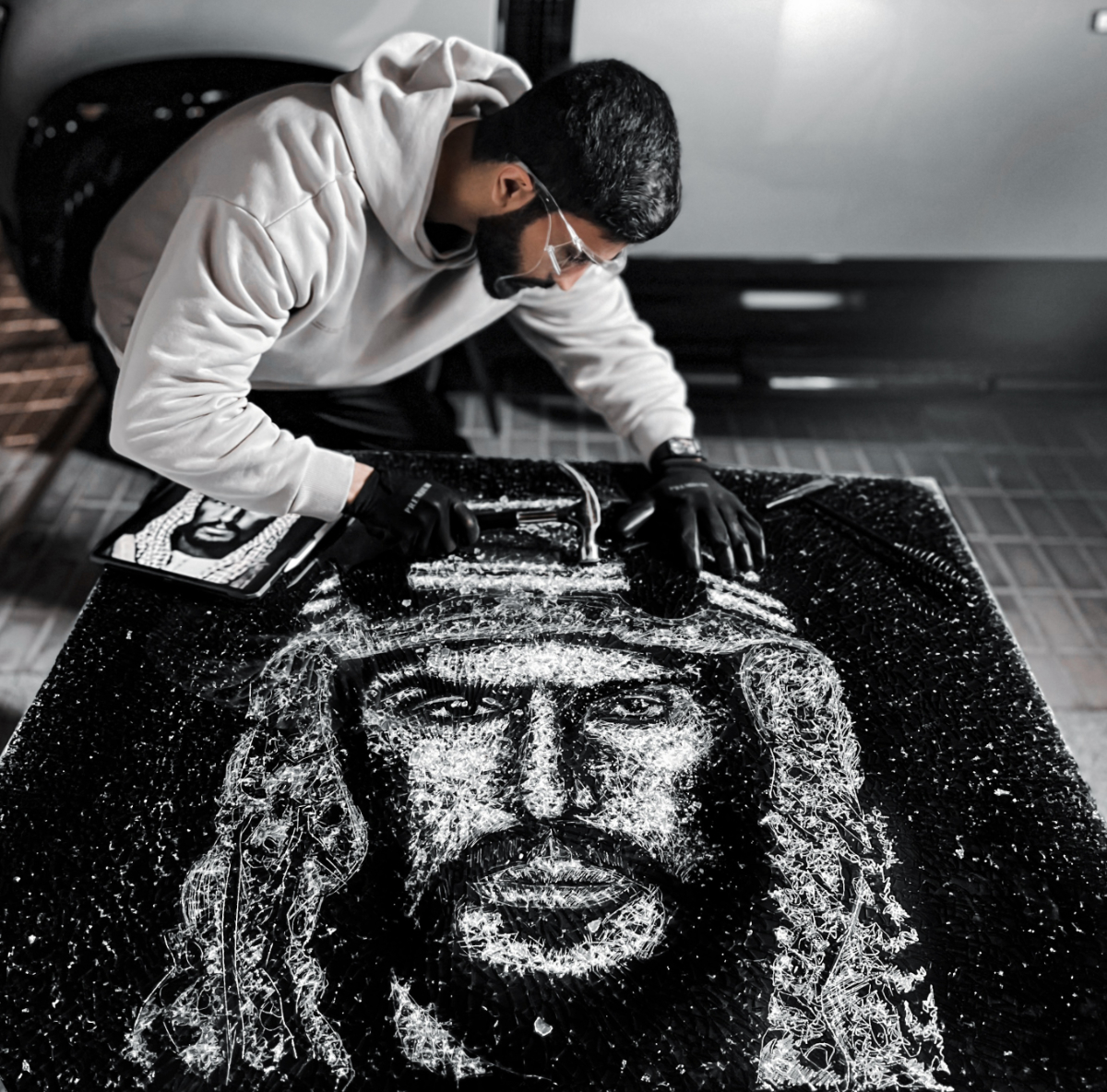RIYADH: Visitors to Al-Dirah Asalah Museum on Tarout Island, Eastern Province, can travel back in time and admire Saudi Arabia’s rich history and cultural legacy.
Mahdie Maylw, the museum’s owner, took a chance when he built it, as the space once used to be his grandfather’s house on the verge of collapse.
Today, the museum is licensed by the Ministry of Culture and stands tall as a renovated building designed in a traditional Saudi style.

Visitors to Al-Dirah Asalah Museum on Tarout Island can explore rare and valuable items that provide insights into past civilizations and cultures. (Supplied)
Maylw says he grew up with a love for vintage items that reflect his heritage. He told Arab News: “At the age of 15, I started collecting paper currency and amassed notes from up to 190 countries around the world. I continued this hobby for 15 years, before shifting my focus to collecting traditional artifacts that delve into the lives of our ancestors. I have acquired some rare pieces, such as manuscripts and ancient items used by sailors.”
His museum has a range of documents from manuscripts of the Holy Qur’an to vintage newspapers and notes.
I present heritage for educational purposes, to teach generations to preserve the heritage ... I haven’t even started yet, and the best is yet to come.
Mahdie Maylw, Museum owner
Maylw buys his collection of antiques through auctions across the Kingdom, including Dhahran, Al-Ahsa, and Riyadh. He also exchanges valuable items with collectors, and sometimes he even buys from eBay.
The museum is divided into several areas, including a pottery corner, an electronics room, a book and text corner, a vintage watch corner, and a toy room, among others.

Visitors to Al-Dirah Asalah Museum on Tarout Island can explore rare and valuable items that provide insights into past civilizations and cultures. (Supplied)
The “Bride’s Room” is one of the museum’s most popular sections, displaying various items used in preparing a bride prior to her wedding. The room contains Indian-made furniture as well as a collection of cosmetics ranging in age from 50 to 100 years.
The “Divers Room,” or tawashin in Arabic, is dedicated to the ancient method of pearl extraction. The area contains vintage instruments such as a rope box and a compass which were once used to dive for pearls. The tools are about 70-150 years old.
“The tawashin are pearl traders who, after a journey that may last up to three months, return and open the shells to extract the pearls. They then gather in gatherings to exchange buying and selling,” the museum owner explained.
To preserve the museum’s antique items, Maylw ensures that they are stored properly in climate-controlled and secure facilities, “We make sure to preserve the pieces and do some maintenance on them, and I myself do a complete cleaning of the museum,” he said.
Visitors can also explore a collection of rare and valuable items, such as traditional pottery, manuscripts artworks and household items that provide insights into past civilizations and cultures.
Maylw added that the museum has seen visitors from all over the world such as Spain, Azerbaijan, South Africa, and more. “Within a year, the number of visitors reached 6,000. I receive visitors from all over the world. This is an achievement for myself and for the people of the region.”
Speaking about his future plans, he added: “My ambition is greater than this work that I have done. I present heritage for educational purposes, to teach generations to preserve the heritage ... I haven’t even started yet, and the best is yet to come.”































